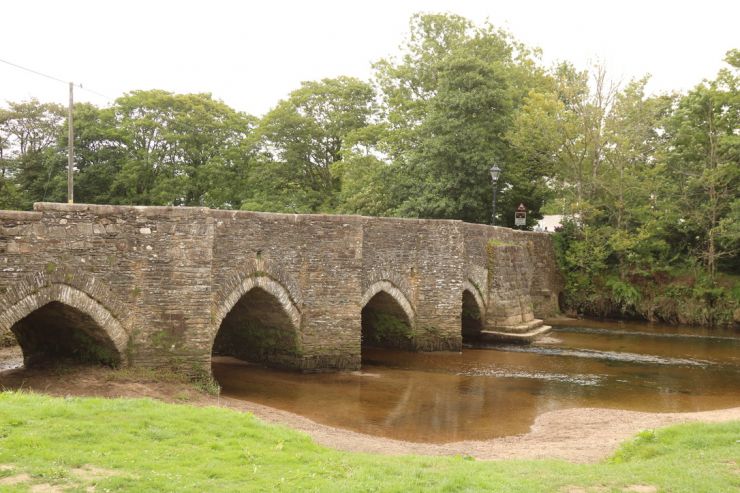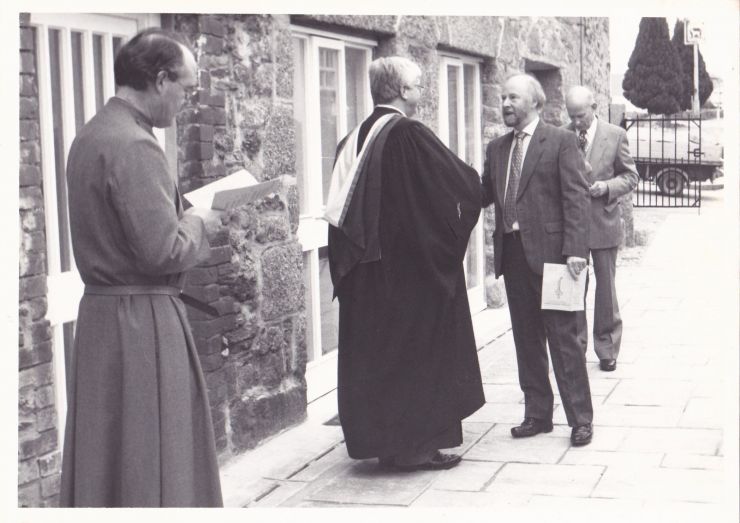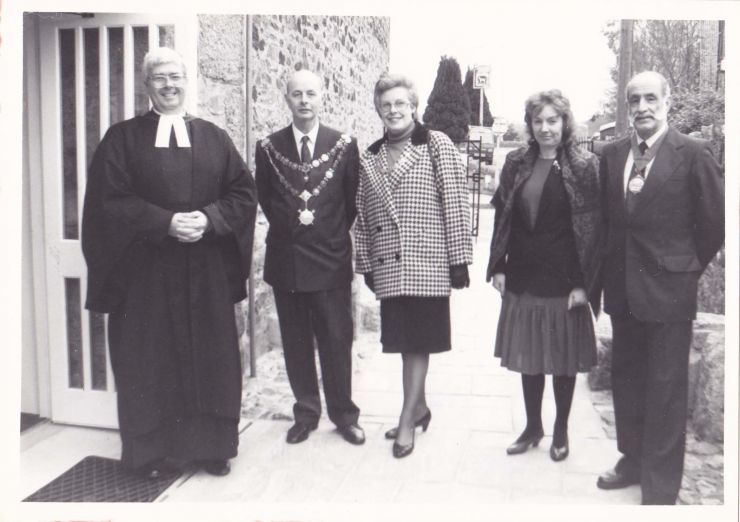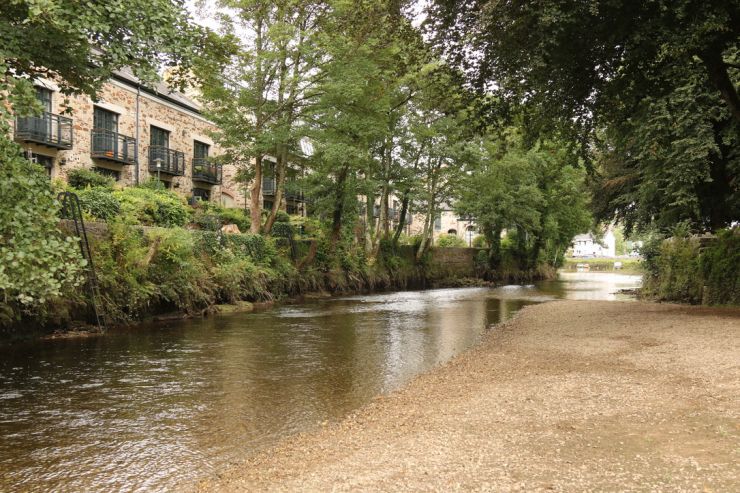About

Our church is based in Lostwithiel a town with many historical links and places of interest. Orginally a Stannary town.
Lostwithiel is situated in East Cornwall in a wooded valley at the tidal reach of the River Fowey. The name of the town comes from two Cornish words meaning 'the place at the end of the woodland'.
The Normans built the town for the export of tin about 800 years ago. It suited there purpose as the river was quite wide and deep and ships could load /and unload the tin.
The town became the second busiest port on the south coast of England.
Lostwithiel had become the county capital by the 13th Century and also the administration centre for the county.
Tin, which brought the town into existance became it's downfall as waste materials from the mines on the moors, silted up the river, making the quay redundant for most vessels.
History of our church.
Lostwithiel Methodist Chapel was opened in 1993.

Lostwithiel United Free Methodist Church was constructed on The Bank (renamed Albert Terrace in 1846 after the visit of Queen Victoria and Albert). This chapel was rebuilt in the late 1890’s and was reopened in 1900 becoming known locally as Bank Methodist Chapel. This chapel was closed in 1987 and converted into apartments and the local Methodists met in nearby St Saviours Church (Anglican) on Grenville Road until part of the newly refurbished Taprell House in North Street was suitably converted and opened as a Methodist Church in 1993 where we continue to meet.

